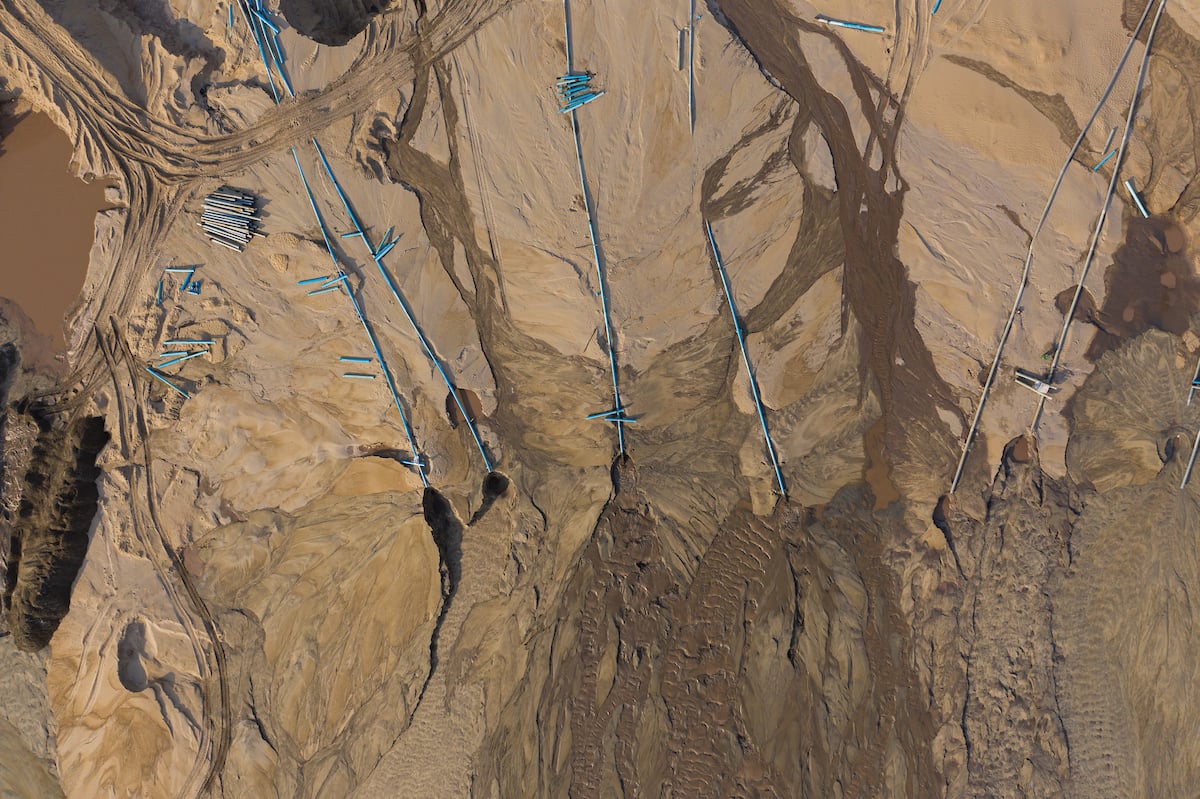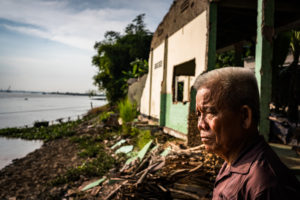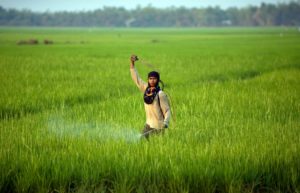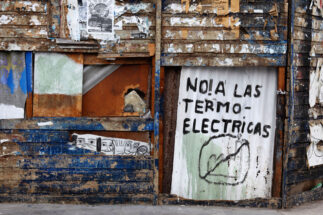Sophea Soung has been farming on Boeung Tompoun, one of the few remaining lakes in Cambodia’s capital Phnom Penh, since 2009. Every day, her family rises with the sun to float through verdant waters on a slender boat and harvest vegetables, which they then transport to sell at the local fresh produce market.
The mother of three cannot imagine doing anything else for a living. But she has just learnt that her plot will soon disappear under mounds of sand. “I have loans and I don’t have any plans for running another business,” she says.
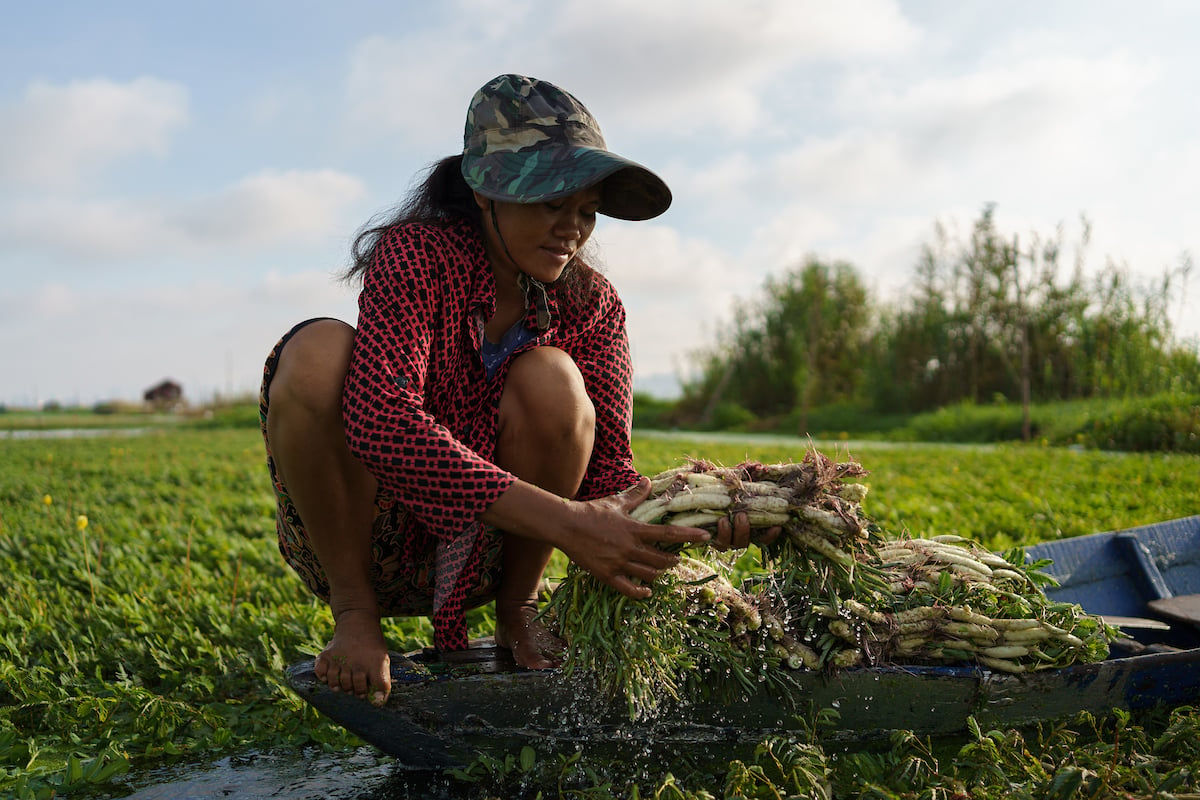
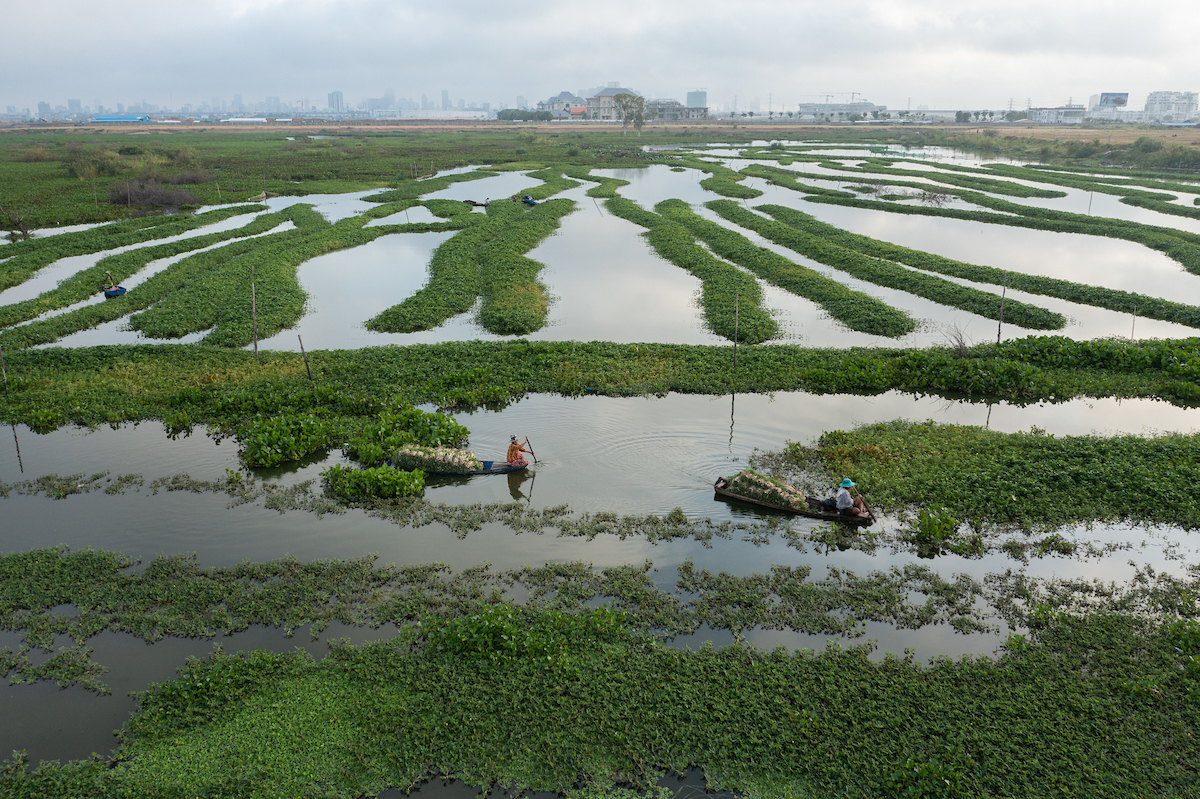
The Tompoun and adjacent Cheung Ek wetlands spill over 1,500 hectares in the south of the city. According to human rights watchdogs, 90% of their area has been slated for a massive property-development project, ING City. Since 2004, the lakes have been gradually filled with sand from the nearby Mekong and Bassac rivers to create land for the venture. When completed, the complex will feature opulent villas, condominiums, supermarkets, an international private school and more.
Rising demand for sand
While it might be among the most ambitious Cambodian land-reclamation projects in terms of scale, ING City is by no means unique. Phnom Penh has been experiencing a construction boom, which in the past decade has seen 16 lakes filled completely. Another 10 are currently being filled. This has put lakeside residents’ livelihoods at risk and has led to a rising demand for sand in Cambodia, which is often taken from the Mekong River.

The economic slowdown spurred by the Covid-19 pandemic didn’t stop the developers. They kept inching closer to Soung’s farm as she plunged further into debt.
The pandemic has emptied many markets, while the middlemen buying Sophea’s produce pinched her fees. “I don’t have enough money to buy food for my family and I get less for my vegetables,” she says. Amidst it all, the news that she would be losing her lifeline without any compensation came as a shock.
This, according to Soeung Saran, executive director of land rights group STT, is at odds with the law. “She should get a fair compensation for what she lost,” he says. “People are still worrying about losing their livelihoods. The government never consulted them. Their future is still in limbo.”
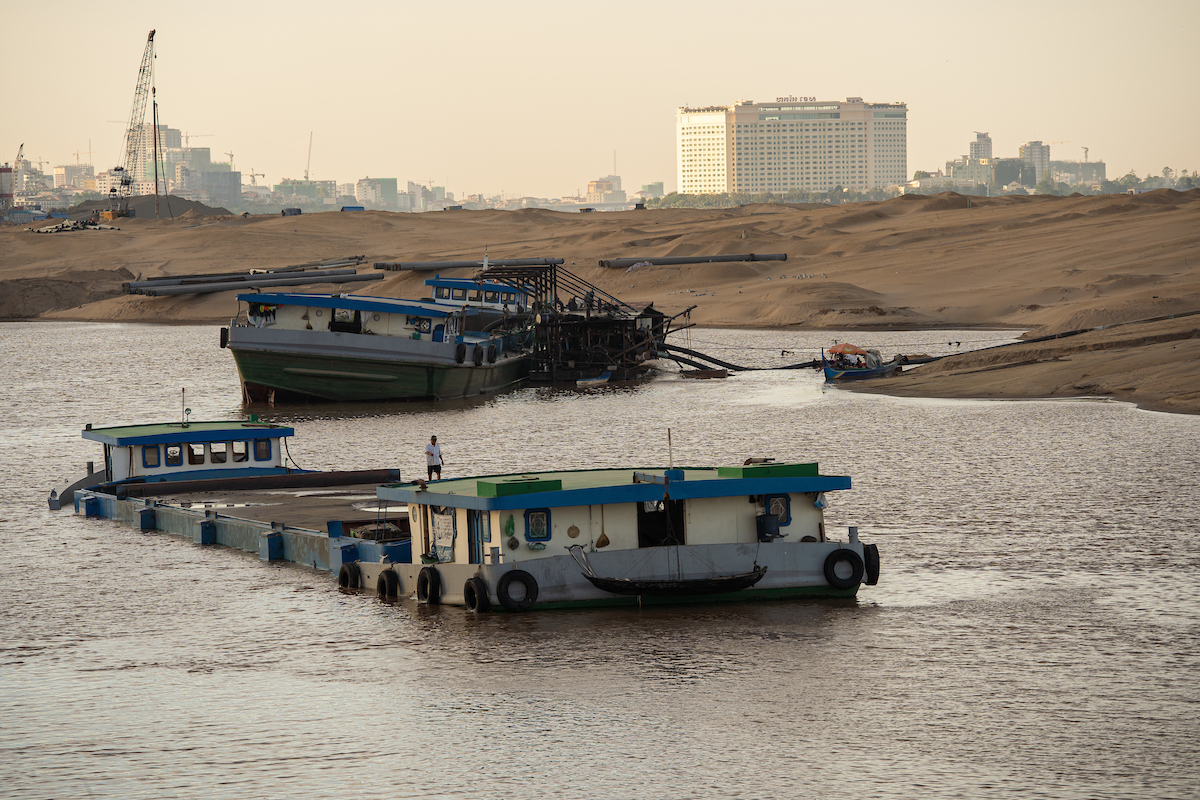
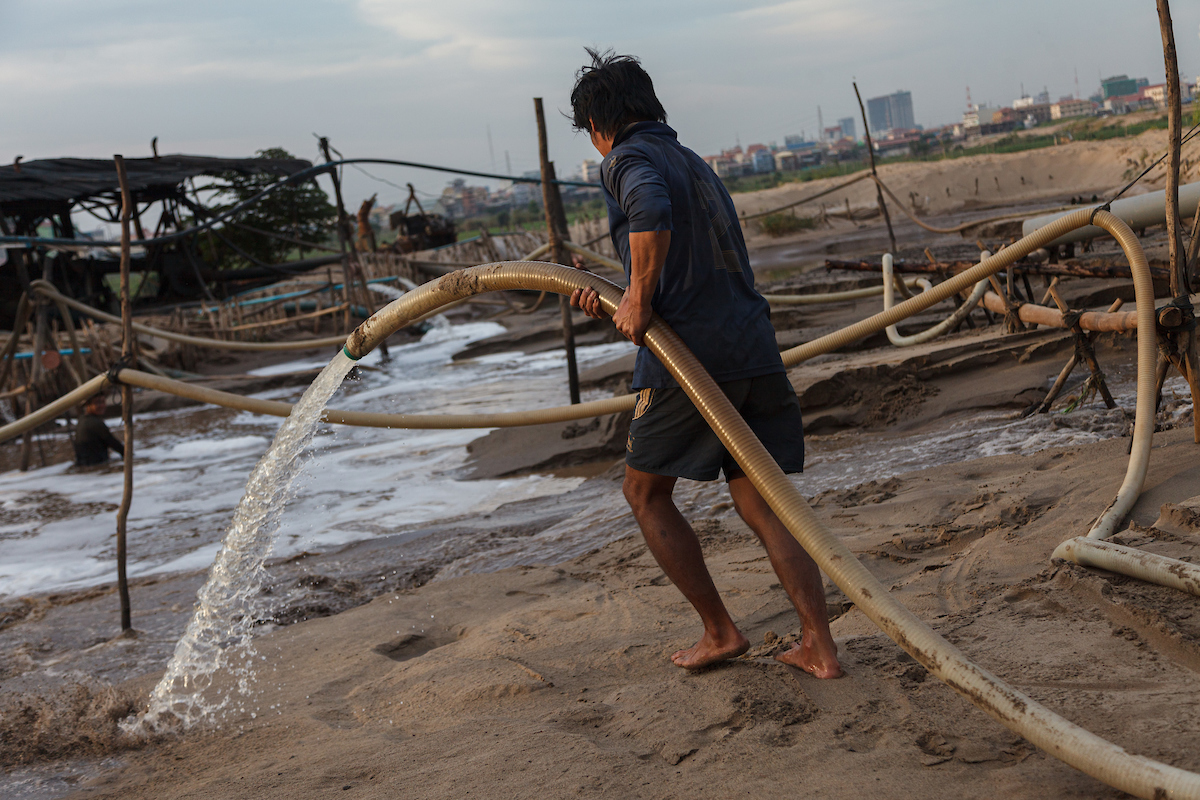
Sophea Soung’s is one of a thousand farming and fishing families whose livelihoods and homes are threatened by what could be Cambodia’s largest land-reclamation project, says a report jointly published by local human rights groups last year.
Increased environmental risks
The destruction of the wetlands, which act as a wastewater treatment and flood-prevention system, the report says, will also have far-reaching consequences for the environment and will expose more than one million people to increased risk of flooding.
Phnom Penh City Hall spokespersons did not respond to The Third Pole’s requests for comment. Last year, government spokesperson Phay Siphan told Reuters that the project was necessary for the city’s development, assuring that an environmental impact assessment had been conducted, and measures addressing wastewater and flooding taken.

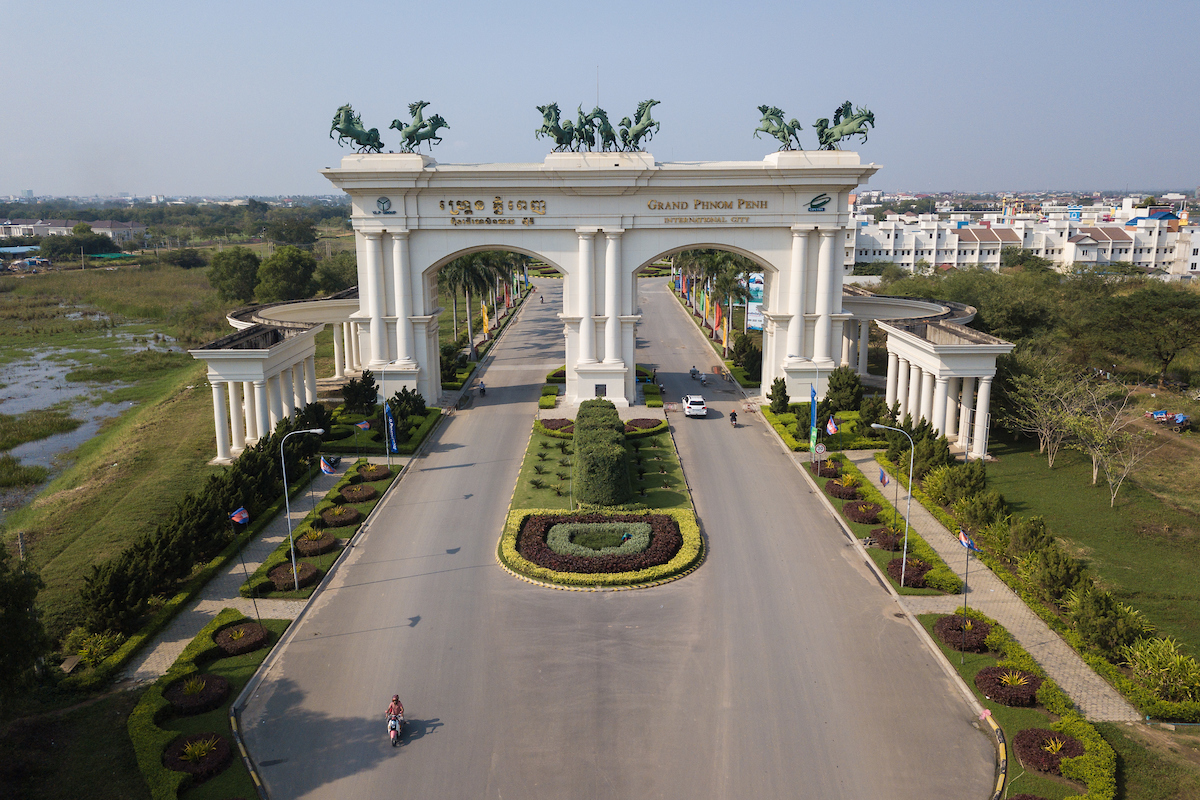
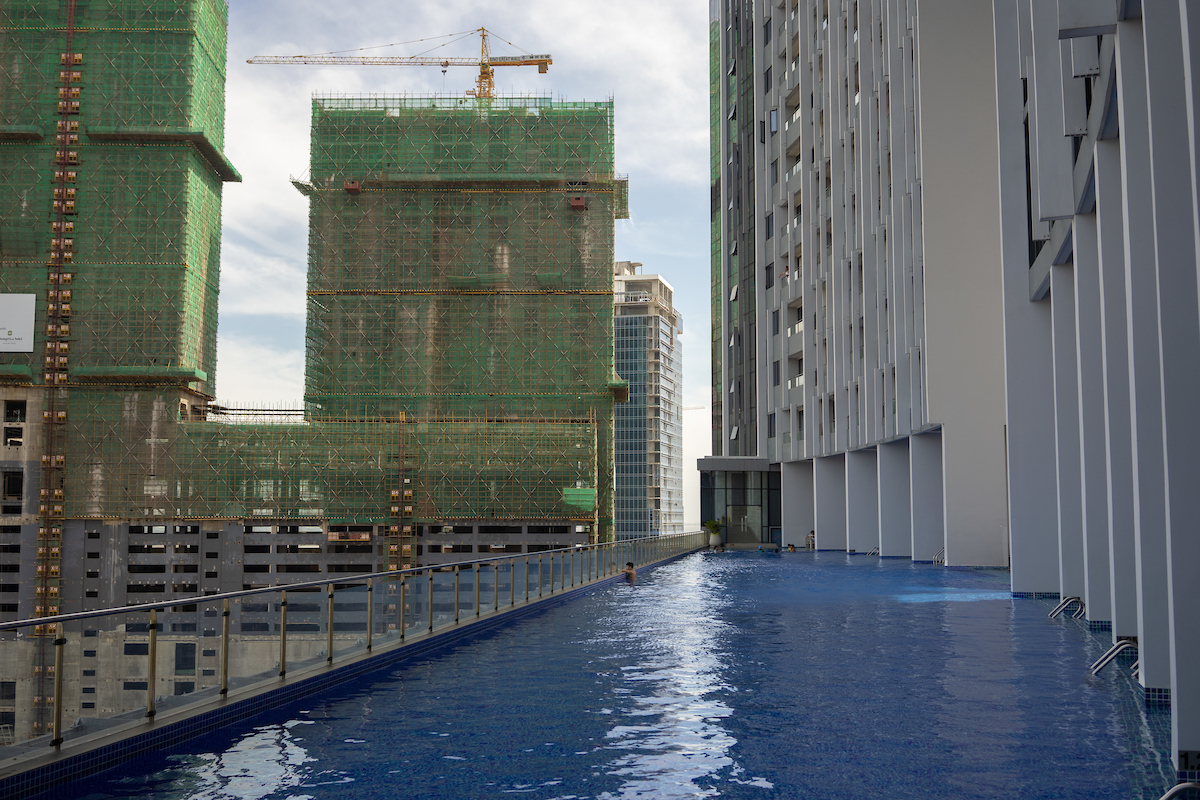
The race to create more land and feed the construction industry could have increasingly disastrous consequences elsewhere along the Mekong River, as sand found on the lakebed is the main ingredient in cement.
Sand is far more than a building block for cities. It also makes up the spine of the river. Without a fresh influx of sand to replenish the riverbed, erosion eats into the banks, sometimes leading to their collapse.
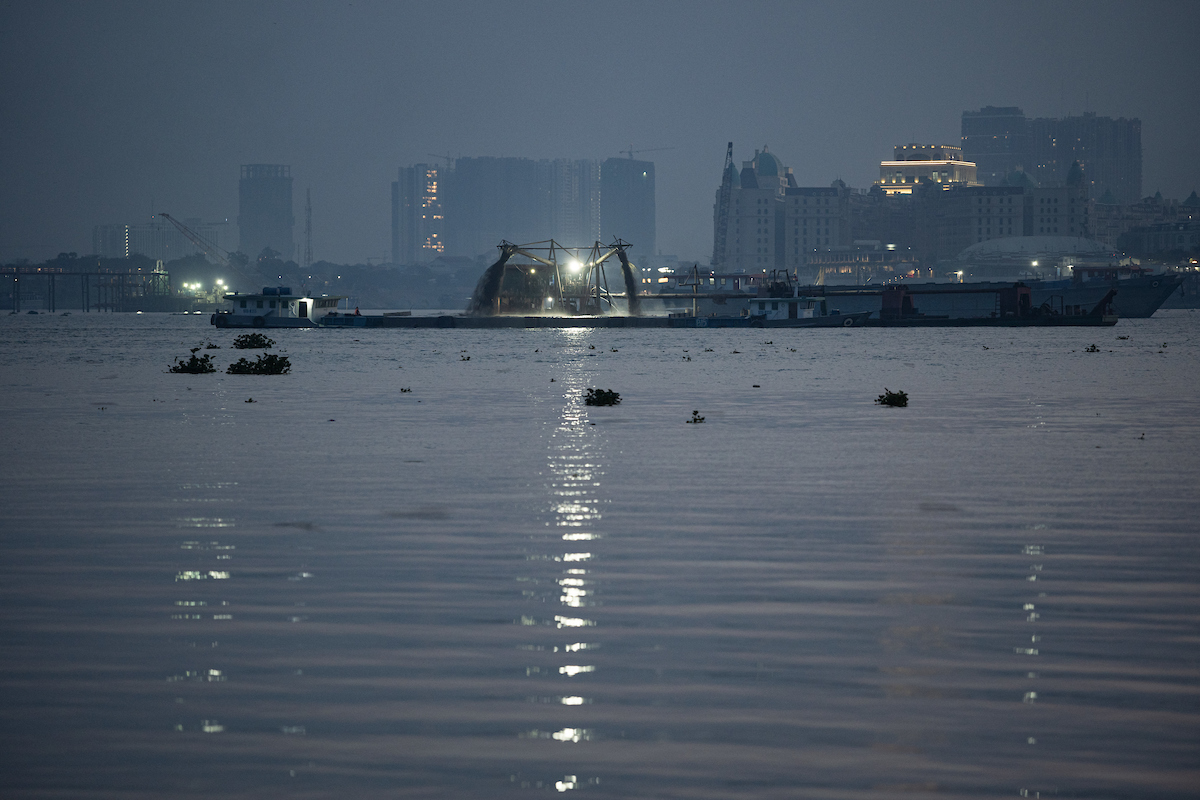
Experts have long warned of the cumulative impacts of unbridled sand mining and mainstream dams. “The payback is coming,” says Marc Goichot, WWF’s freshwater lead for the Asia Pacific.
Upstream hydroelectric power dams straddling the Mekong – 11 in China and two in Laos – have already trapped 80% of the river’s sediment load. “This ratio is probably greater for coarse sediment, so we have lost more than three-quarters of the sand,” says Goichot.
Whatever is left gets scooped out or dredged, increasingly at rates that raise concerns about the sustainability of river mining.

Dangerous extraction rates
A study published in 2020 in the journal Nature Sustainability estimates that the amount of sand flowing downstream to the Mekong Delta is significantly smaller than current extraction rates in the region, linking sand mining to “bank instability potentially damaging housing and infrastructure and threatening lives”.
Figures supplied to The Third Pole by the Ministry of Mines and Energy indicate that the sand mining craze in Cambodia has only just begun. The extraction rate from the Mekong and Bassac rivers rose from 6 million cubic metres in 2019 to 11.7 million in 2020. Extraction in 2021 is projected to exceed 10 million cubic metres – the equivalent of 4,000 Olympic-size swimming pools.
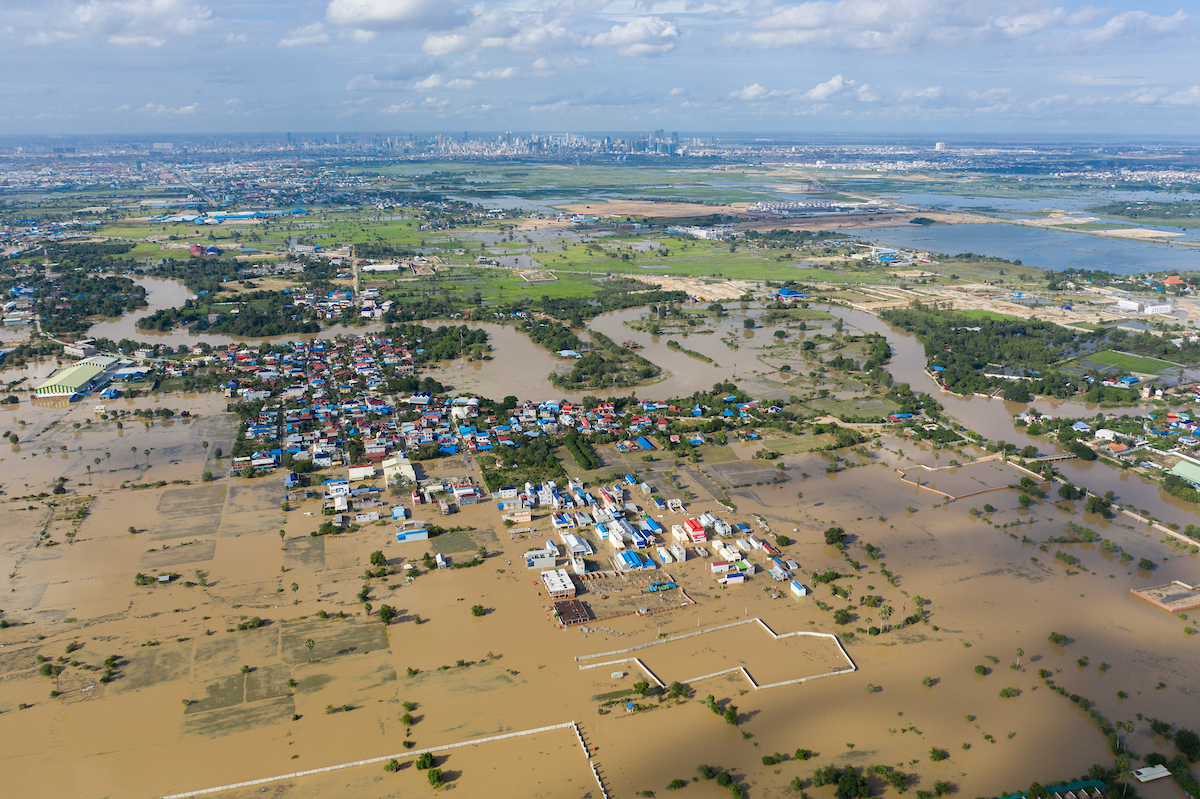
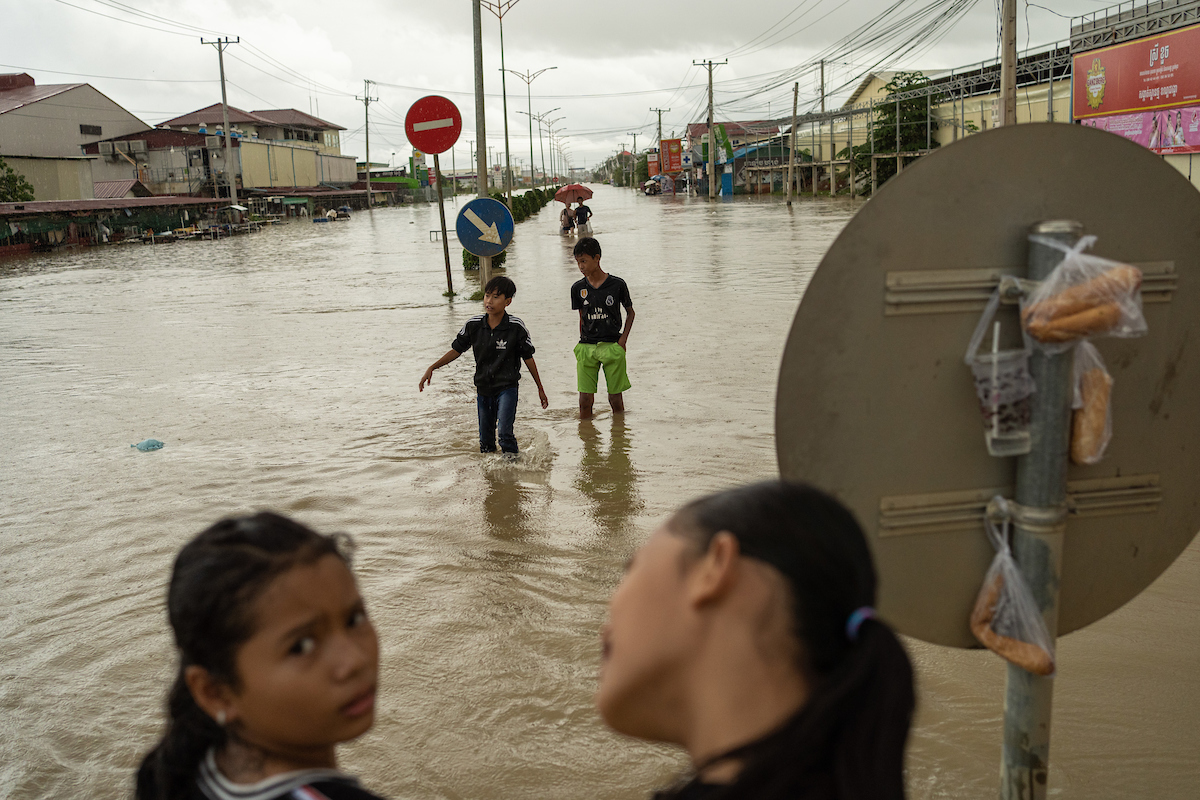
According to Goichot, these volumes are well above replenishment rates, which annually stand at 5 million cubic metres. “So by definition if you extract more than the entire basin produces then it is not sustainable,” he says. “In the future even if we reduce the sand extraction in Cambodia we’ll still have a problem. Houses will be falling into the river.”
While to date this has predominantly been an issue further downstream in the Mekong Delta in Vietnam, where an area the size of the Netherlands has been sinking, some Cambodians have already lost their homes to the river.
In April and May, a number of houses and businesses 30 minutes north of Phnom Penh crumbled into the Mekong, with residents reportedly blaming nearby sand-dredging operations for their plight.
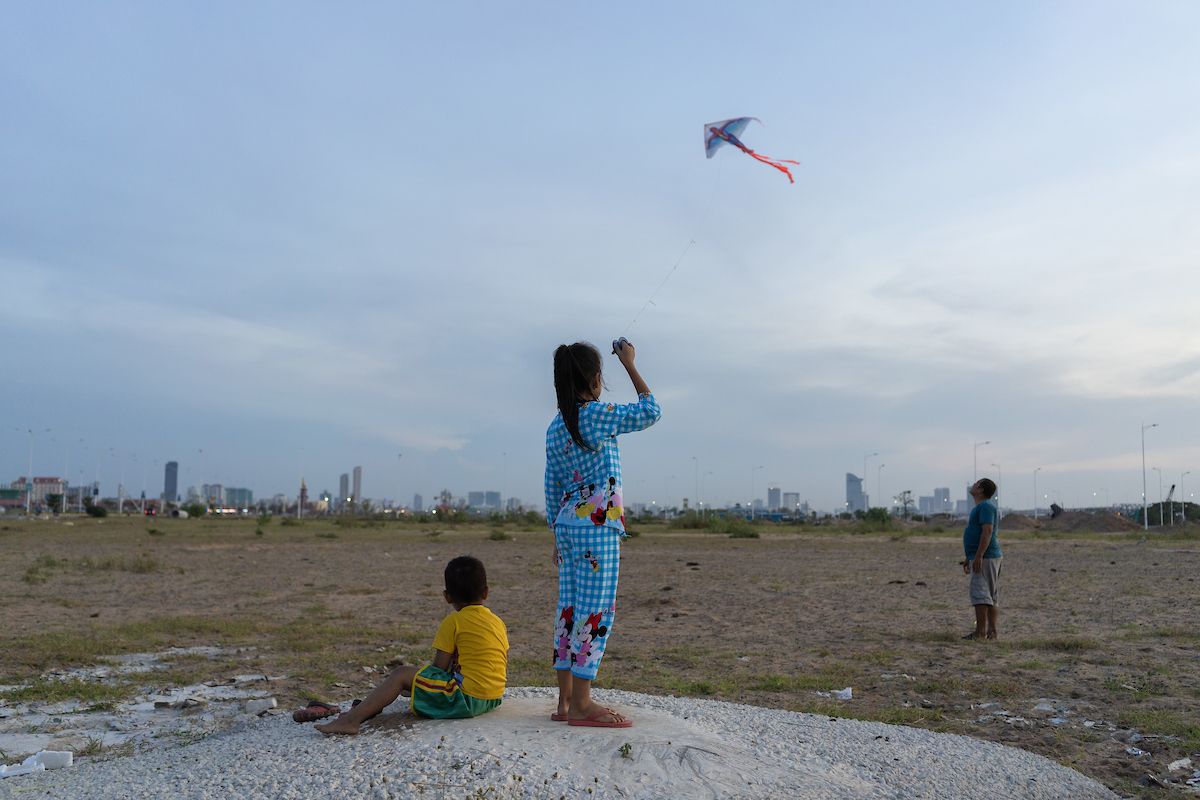
In their statement to The Third Pole, the Ministry of Mines and Energy refuted villagers’ allegations and asserted that all sand-mining operations have undergone a social and environmental impact assessment, while houses have been falling into the river due to natural causes beyond their control. Sand mining along the Mekong, the ministry said, is sustainable and “has contributed to stimulating the country’s economic development”.
The images in this story can be republished as part of this article, but not independently of it. Credit information should not be changed.
Editor’s note: An earlier version of this article stated that sand extraction from the Mekong and Bassac rivers measured 10 million cubic metres in the first quarter of 2021. Following clarification with the Ministry of Mines and Energy, this has been corrected to state that 10 million cubic metres is the projected extraction for 2021 as a whole, while extraction in 2020 exceeded 11.7 million cubic metres.
